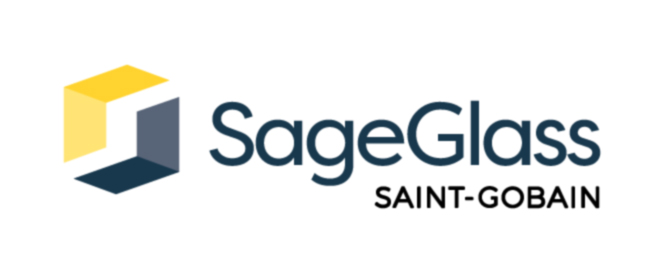The Business Case For Bringing Sunlight Into The Office

Humans are most productive when we are out in the fresh air and natural light. But our need for shelter from the elements — and for strong WiFi — keeps us cooped up inside buildings where air is piped through HVAC systems and fluorescent lights flicker overhead.
Fortunately, modern technology may bring us closer to our prehistoric roots as an outdoor species. Windows made of smart glass are allowing office employees to work in the ideal amount of daylight year-round, without glare or hot spots, boosting productivity and happiness and helping tenants conserve space and energy.
“Having access to natural light and a connection to the outdoors, unobstructed by blinds or shades, can make a significant improvement in employee health, comfort and productivity,” said Ahoo Malekafzali, senior technical solutions consultant at SageGlass.
Malekafzali’s research focuses on the many benefits of human-centric environmental design and architecture. Exposure to natural daylight helps to synchronize the human circadian rhythm, meaning we sleep better and have better-regulated physiological functions like hormone levels, body temperature and cardiovascular function.
Plus, simply seeing the outdoors through a nearby window can have many positive psychological benefits such as stress reduction and improved cognitive function. These wellness benefits can translate to a significant boost in productivity.
A study from SageGlass found that employees who moved from an office without access to natural light to an office with dynamic glass providing ample natural light reported a 56.4% improvement in overall visual comfort and an uptick in thermal comfort.
But in an office without dynamic glass, sitting next to a window isn’t always pleasant. In fact, windows are often places to avoid in office buildings: too hot in the summer, too cold in the winter, too much glare year-round. The result? Even in offices with tremendous views, the blinds are almost always drawn.
“Employees close the blinds to eliminate all the glare during the heat of the day, and then forget to open them back up again,” Malekafzali said. “Blinds block natural daylight and outdoor views, and they eliminate the main reason for having windows in the first place.”
Smart windows are designed to eliminate these kinds of discomforts. Smart glass reacts to bright sunlight, dimming at certain times of day so that the interior of the building remains ideally lit with daylight without getting too hot, all without the need for blinds, curtains or any window treatments.
In fact, Malekafzali said, SageGlass’s algorithms model sun exposure across an entire building and tint automatically to block the glare and balance daylight depending on the weather, the light intensity, the angle of incidence and the surrounding buildings.
While many developers choose smart glass windows for their energy savings over regular glass, which can amount to over 70%, the best business case for smart glass is actually based on the employee productivity and retention.
“Employment is the No. 1 operating cost for any business,” Malekafzali said. “If you can boost tenants’ productivity by focusing on wellness, that is a more important economic benefit than energy savings.”

Because large office tenants might spend a hundred times as much on payroll as they do on utility bills, a 2% boost in employee productivity could be 10 times as valuable as a 20% cut in heating and cooling. Those savings, combined with employee happiness and the great views, mean that developers may be able to charge a premium for space with smart glass windows, Malekafzali said.
The other significant economic benefit comes from usable space. By eliminating hot spots and opening up every part of the office to productive work, SageGlass windows can help companies reduce their physical footprints, lowering rents and keeping teams in close contact.
Also, without the need for blinds or other window treatments, building owners have one fewer line item in tenant improvements. Without blinds, employees get to enjoy the view from their floors year-round.
Malekafzali said that while many office developers remain skeptical of the economic benefits of wellness, companies are making wellness a priority, and their influence is slowly trickling upward into the ears of developers.
“Caring about employee comfort is the right decision for businesses, and more companies are paying attention and implementing wellness programs,” she said. “Now, that is translating to developers, who realize they can increase their rents by having additional daylight. It’s all moving in the same direction.”
This feature was produced in collaboration between the Bisnow Branded Content Studio and SageGlass. Bisnow news staff was not involved in the production of this content.

